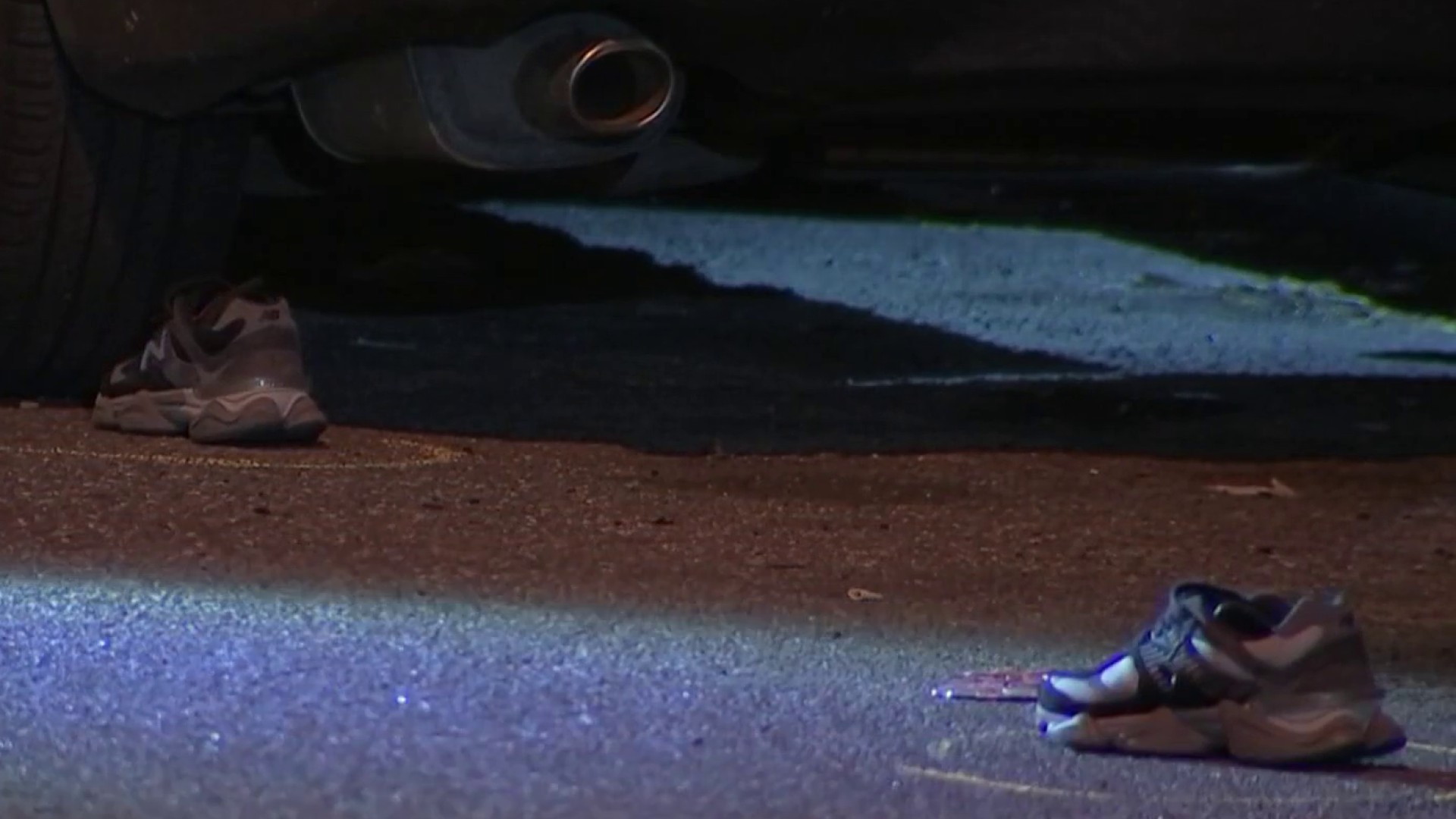Fears about accidental overdoses from fentanyl have prompted police officers across Dauphin County to halt testing of all drugs they confiscate from suspects.
Instead, the substances will go straight to the Pennsylvania State Police lab for testing.
The new policy ends a longstanding practice of officers using field test kits on suspected controlled substances to preliminarily identify them.
The disposable tests use chemicals that interact with known active ingredients in various controlled substances. They indicate positive results by turning bright colors: Green for heroin, for example, and purple for marijuana.
The field test kits are intended to avoid unnecessary arrests and act as a placeholder until the final lab results come back, which can take about two months.
But Dauphin County District Attorney Ed Marsico advised law enforcement agency leaders throughout the county recently that the danger to officers while handling suspected drugs now outweighed any potential evidentiary value from the tests.
The biggest concern is that officers could accidentally inhale the powerful drug or get it in their eyes or mouth.
Local
Breaking news and the stories that matter to your neighborhood.
A veterinarian, for example, who was splashed in the eyes and mouth with the contents of a dart containing 1.5 mg of carfentanil became drowsy within two minutes and required an antidote to revive, according to a recent position paper by medical professionals about the dangers of fentanyl and related substances for emergency responders.
Marsico was not aware of any other counties in the state taking similar action yet, but at least one official from another county inquired about Dauphin County's new procedures. A township in the Pittsburgh area (Upper Burrell) and cities including Houston, Orlando and others also have stopped using the tests, which have raised questions separately about false positives.
County judges and magisterial district judges are on board with the new policy Marsico said, which will now focus on officers testifying at preliminary hearings about substances using their training and experience.
"We might see some push back," from defense attorneys, Marsico said, "But the packaging and appearance can be used to establish a prima-facia case at a preliminary hearing that it is a controlled substance."
The head of Dauphin County's public defender office, Bradley Winnick, could not immediately be reached for comment.
If the field tests aren't really necessary, then why were police officers even doing them in the first place?
"It was an easy thing to do," Marsico said, and it added a level of confirmation without any real downsides.
"But now," he said, "the danger outweighs the value we get from them."
That's because of the high potency and unpredictability of fentanyl and related substances, which are 100 to 100,000 times more potent than morphine depending on the substance.
The use of fentanyl and related substances has exploded across the Commonwealth, overtaking heroin last year as the number one cause of fatal drug overdoses.
Fentanyl killed 2,395 Pennsylvanians last year. The bright white powder can be folded into white cocaine powder or yellow-tinted heroin and even manufactured into counterfeit pills.
When officers encounter substances on the street, they don't know exactly what they're dealing with anymore, said Harrisburg police Lt. Milo Hooper. They could even encounter carfetanil, a synthetic opioid known as elephant tranquilizer, because it is actually used to sedate wild animals, including elephants.
Trying to open suspected drug packaging and sprinkling powder into a small vial can be messy, he said. While some kits contain tiny spoons to extract powder from a bag of dope, other kits may require officers to sprinkle granules into a small zippered baggie or thin vial.
"It's almost like pouring something into the size of a pen, and trying to get dust and granules into that," Hooper said. "You can spill it and get on the surface of where you're working and everything else. It's not a very efficient manner of doing things."
With powder spilling and sticking to things, the fear is that officers could accidentally overdose or become ill from inhaling fentanyl. And while some concerns have been raised about simply touching fentanyl, those fears have been overblown, according to medical professionals.
The American College of Medical Toxicology released a position statement in recent weeks that advises officers to take precautions by wearing gloves, masks and eye protection, but noted that the chance of harm from simply touching fentanyl were slim.
"It is very unlikely that small, unintentional skin exposures to tablets or powder would cause significant opioid toxicity," the research paper in conjunction with the American Academy of Clinical Toxicology concluded.
Karl Williams, the medical examiner in Allegheny County, which reported 254 drug overdose deaths so far this year, said police are right to be concerned but they don't need to be afraid.
"I don't think we have any proven cases in law enforcement where anyone was exposed," Williams said of national data and studies. "That being said, I have Narcan (a drug that can reverse overdoses) all over my office."
A story that went viral in May about an Ohio police officer who "nearly died" after touching fentanyl on his shirt was never verified scientifically.
Jeremy Samuel Faust, an emergency physician at Brigham and Women's Hospital in Boston, said the story created "hysteria."
He wrote in the online magazine Slate that it would have been difficult for the officer to overdose even if he had inhaled or swallowed the fentanyl, which are more dangerous routes.
"But the amount that could have transferred from the ... shirt to the fingers to the mouth or nose," Faust wrote, "would not be a clinically significant quantity, even accounting for fentanyl's potency."
The fact that rescuers used four doses of Narcan before the officer revived also points to the possibility that something else was wrong Faust wrote, concluding that they were "treating the wrong illness."
There are other reports.
Last September in Hartford, Conn., an entire police tactical team was sent to a hospital after they raided a home through a cloud of dust after raw drug powder became airborne. Police seized 50,000 bags of processed heroin as well as 350 grams of raw narcotics and two guns, according to the Washington Post, but afterwards 11 officers reported feeling lightheaded and other symptoms.
The story or ones like it were bolstered when the Drug Enforcement Administration advised officers in June to stop using field testing kits on substances that could be fentanyl. The DEA's advisory contained statements from two New Jersey detectives who fell ill and one thought he was going to die after handling a small amount of fentanyl.
While scientifically-proven overdoses for police officers may not be currently available, Marsico said, he doesn't intend to risk the first one occurring in Dauphin County.
DEA spokesman Special Agent Pat Trainor, out of Philadelphia, acknowledged there is "conflicting information out there."
"Touch it and it will kill you? That's highly unlikely," he said.
But Trainor said he still thinks it's a good move by departments halt field testing of drugs.
"I'm aware of the medical community's position...but let me make myself crystal clear: We're not working in a lab with a vent hood or a clean sterile environment. It's someone's house and they're trying to conceal something from us...It's not unusual for people to run, throw things, flush things, which creates an unpredictable environment for us."
The DEA encourages officers and firefighters to wear masks, goggles and gloves to minimize any exposure.
"If they do that, it can be handled safely," Trainor said. "We'd much rather err on the side of caution."



